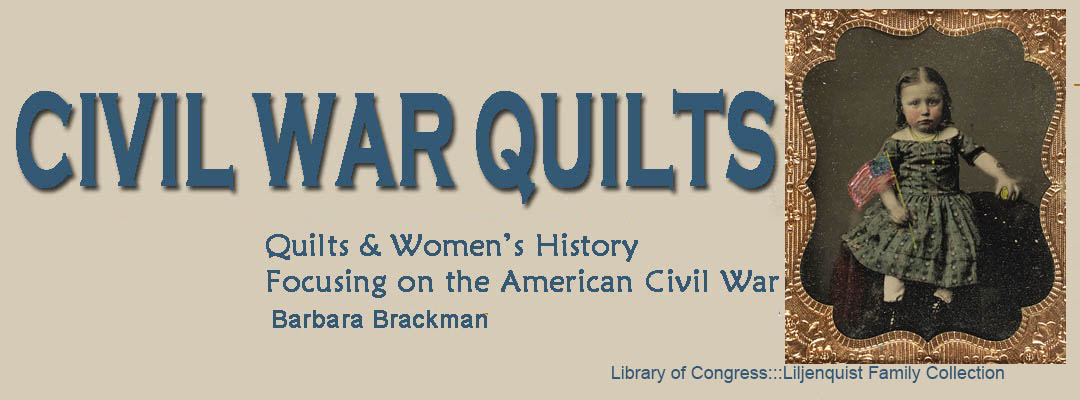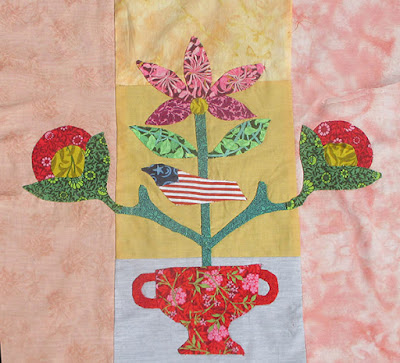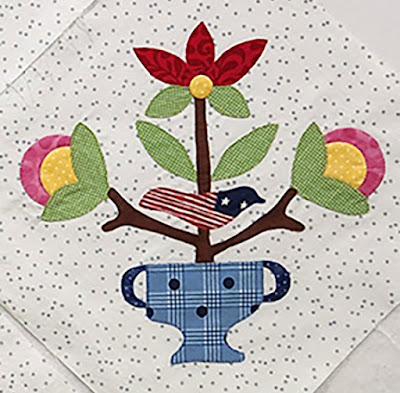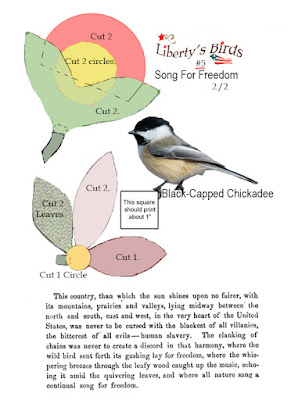Liberty's Birds #5: Song For Freedom by Elsie Ridgley
Nature singing a song for freedom...
from the introduction to Sara's Kansas:
Its Interior and Exterior Life
The Robinsons and dozens of other New Englanders came to Kansas so eligible male voters could cast an honest vote for the territory's establishment as a free state according to Douglas's 1854 Kansas/Nebraska Act.
Senator Stephen A. Douglas caricatured as a bushwhacker or southern intruder.
He hoped to ride his Kansas Nebraska Act to the presidency
His plans quickly went awry when pro-slavery activists from Missouri to Alabama decided to fight anti-slavery immigrants at the ballot box by staking false claims, voting illegally and sinking to terrorizing and killing the valid voters.
Voter fraud was rampant as pro-slavery southerners swarmed
into Kansas on election day electing a bogus legislature.
Song For Freedom by Barbara Brackman
The Free-State leaders were arrested for treason after they formed a second legislature. Charles Robinson who'd been elected Free-State Governor, was a specific target.
Charles arrested with Sara protesting, an illustration that undoubtedly displeased her. She was not one to beg on her knees. Instead as she camped out near his open-air prison waiting for his release, she wrote a book based on her journals during the first months of her Kansas life.
Kansas: Its Interior and Exterior Life was published in October, 1856 and became a best seller calling much attention to the Kansas Troubles as it went through ten editions in the 19th century.
Song For Freedom by Denniele Bohannon
Bleeding Kansas was national news.
The Block
The inspiration applique
You don't often see anything as good as this block in online
auctions anymore. I didn't buy it but it's the inspiration for
our flag-waving chickadee this month.
Donna Losko Stickovich was the lucky bidder.
Song For Freedom
Susannah Pangelinan's first version
Why a chickadee? Well, they're cute and plump
and they sing their song all year round here.
Susannah's set #2
Susannah's Set #1
I hope you have a good idea of how you are going to set these blocks. Susannah did two sets. The one directly above is the Official Set. Do note that some blocks are oriented on the diagonal for the corners and some on the square. For her second set she oriented them all on the square so she could add a sash.

































.jpg)






















